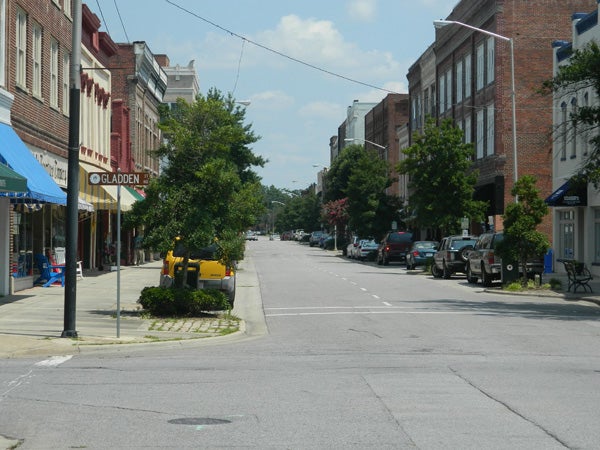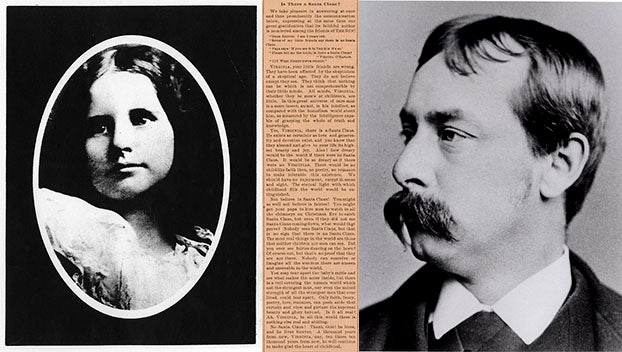Museum on the waterfront
Published 6:37 pm Wednesday, June 11, 2014
Downtown Washington has a rich history that dates back almost 250 years. What was once a supply port for the Continental Army during the Revolutionary War spent time as a prominent fishing hub and is now one of a handful of vacation spots in eastern North Carolina.
The lumber industry also played a major role in Washington’s birth and, eventually, rebirth. Lumber companies, including the Kuglar Lumber Company, were staples on the waterfront and served as one of the area’s primary economic centers. Before the 1900 fire that destroyed much of the downtown area, the company had literally supplied the foundation for Washington.
Companies like Kuglar, Roanoke Railroad and Lumber, Eureka Lumber and more brought much-needed revenue and jobs to the waterfront, while also being the kindle for some of Washington’s most devastating fires.
The Victorian houses over 100 years old that line Stewart Parkway, giving Washington a quaint yet refined vibe, are a product of the destruction brought on by these fires and the effort made by lumber companies to rebuild.
In 1978, Washington became a member of the National Register of Historic Places. From an ecological standpoint, the North Carolina Estuarium does a great job in displaying the importance of the river, but what about the history behind the town itself? It’s easy to scour the history books and peel back the layers of antiquity that defines our little town, but wouldn’t it be nice if we had someone, or something to do that for us?
Washington has the ability to house a museum outlining its revolutionary, shipping and lumber history. It would not only educate local resident, but also instill a sense of pride.
There are certainly enough empty stores in historic buildings that would serve as a fitting home for a museum.





